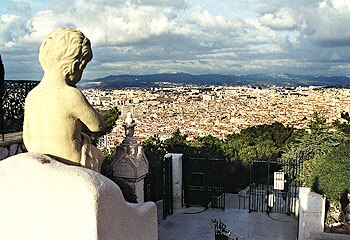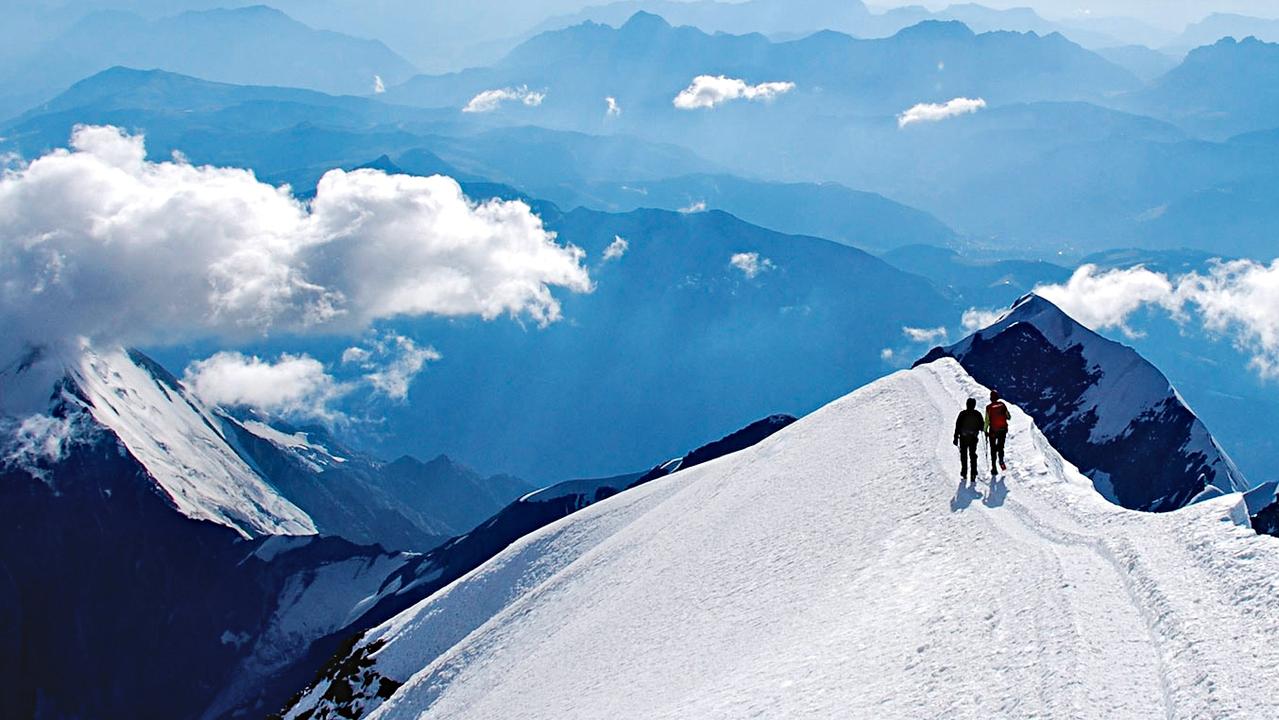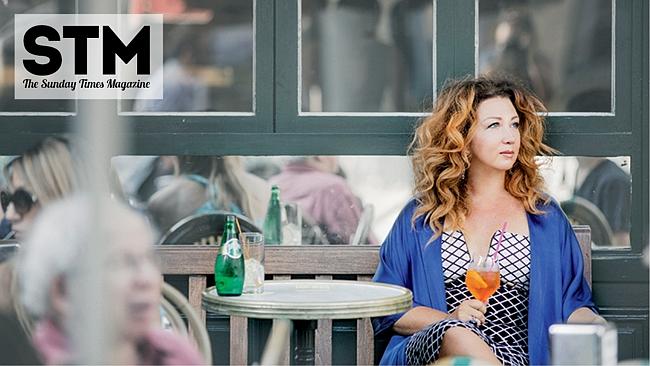Bonjour rugby fans
THE excitement of the Rugby World Cup in France promises to spread beyond the stadiums as the country's host cities offer fans a feast for the senses.

SURE Paris is the venue for this year's rugby World Cup final.
But it's in the southern reaches of France, where the grapes flourish and some of the country's top chefs whip up gastronomical marvels, that the code thrives.
With coachloads of supporters heading that way from September 7 to October 20, the streets will be as colourful as the stadiums. Here are the four top cities to tour during the tournament.
MARSEILLE
As a busy Mediterranean port, the city of Marseille, population about a million, knows how to cater for cruise ship guests.
Focus is on the old town's Vieux Port which dates back to 600BC when the Greek mariners founded it as a trading post.
Today, the original harbour is filled with leisure and fishing craft, and the reclaimed land along the shore is lined with interesting cafes, restaurants and stores, holiday apartments and hotels. After Paris, Marseille is France's oldest and largest city, and during the peak holiday season (July - September) there's a real buzz.
Much of the city centre has undergone restoration and refurbishment to cater for the growing invasions of holidaymakers.
Standing like a guardian angel on a peak overlooking the busy seaport, is the Basilique Notre Dame de la Garde, worth a visit for the view alone. The domed Romano-Byzantine church was built between 1853 and 1864, and its impressive bell tower is topped by a glittering gilded statue of the Virgin Mary.
On one side of the church's walls are the scars of a fierce battle that took place during its liberation from the Germans in World War II.
The only battles these days, however, are those on the rugby field, where Marseille will be hosting up to 60,000 fans in its stadium.
LYON
Often referred to as the gastronomic capital of France, Lyon thrives on pleasing guests at the dinner table.
Its traditional restaurants are decorated with memorabilia and antiques, while the menus list hearty meals like boiled pork sausage, blood or veal sausage, pig trotters and cheeses. The wines are primarily from Beaujolais, Cotes du Rhone and Brouilly.
The heart of this city of 450,000 is on a virtual island, a peninsula sandwiched between the Rhone and Saone rivers.
Lyon's old cobblestone town, Vieux Lyon, is on the western side of the Saone, its medieval and Renaissance homes squeezed between the waters and the dominating hill of Fourviere.
Find time to explore this area's tiny streets and you will spot a number of gargoyles carved from stone near the window ledges.
Founded by the Roman military in 43BC, Lyon is preparing for battles of a different kind in the 43,000-capacity stadium when the World Cup arrives.
BORDEAUX
As appealing as the vines that are nurtured along the winegrowing belt, Bordeaux, on the banks of the River Garonne, has undergone change in recent years – for the better.
Restoration of the neoclassical architecture has been feverish, as has the upgrade of the boulevards with some now restricted to pedestrians.
There's also an upgraded 4km riverside walk.
Standing guard over the city is the Cathedral St Andre, a UNESCO World Heritage-listed site, its oldest section dating back to the late 11th century.
Bordeaux's museums are also free to explore, although temporary displays require an admission fee of around $8.
The Bordeaux region is famous for its wine. If you're driving, pick up a map of the wineries, chateaux and other attractions you can explore before you reach your final destination – the Chaban-Delmas Stadium.
MONTPELLIER
Life is too good to waste on stress says this 1000-year-old city which will be home to the Wallabies during the World Cup.
Check into a small hotel in the centre of the medieval city and dine out in a picturesque square or in a restaurant hidden in a narrow laneway.
Chances are that part of your stroll will be along the path followed by pilgrims for hundreds of years en route to Santiago de Compostela.
Montpellier and its surrounding district has a population of fewer than 430,000, but almost 80,000 of them are students which ensures a lively nightlife.
Getting around is easy thanks to a super smart tramway system, and a traffic-free main square. There are 150km of bike paths in and around Montpellier and a pleasant option is the 11km ride to a Mediterranean beach.
For a taste of aristocratic French living, visit the 1740-built Chateau Flaugergues on the outskirts of the city.
The city's other treasures include an Arc de Triomphe, built in honour of King Louis XIV, and the arches of a Roman aqueduct.
The Sunday Mail (QLD)



